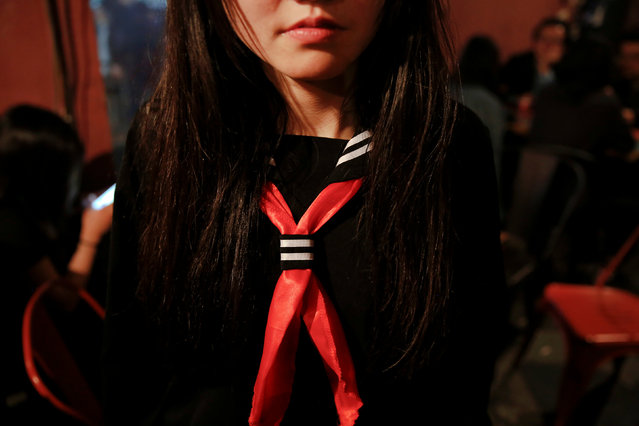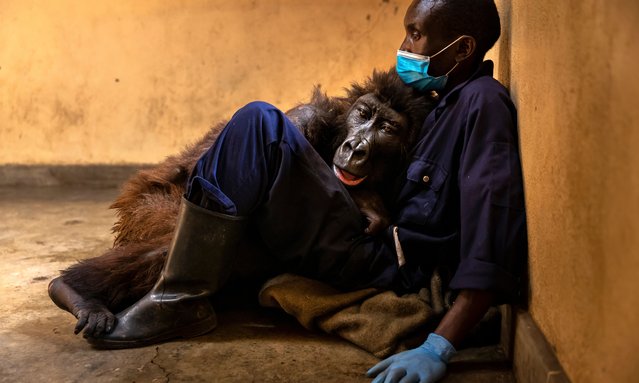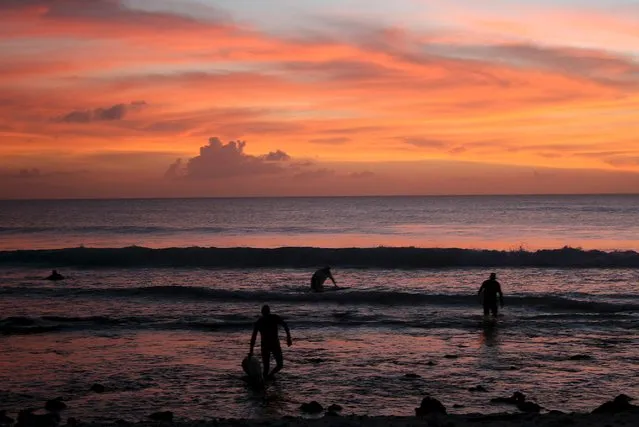
With more than 40,000 followers on Twitter and 26,400 fans on Vine, it looks like Marutaro the hedgehog from Japan is one of the most popular hedgehogs on the Internet. And as his owner keeps on posting Marutaro’s pictures online daily, Marutaro’s popularity continues to grow. There are hundreds of cute photographs and videos of this little fellow, but the ones with little paper cut-out faces are probably the cutest. As Marutaro lies on his back, his owner gives him a variety of silly expressions and smiles. The 20 best of them will definitely boost your mood!
09 Apr 2014 10:18:00,post received
0 comments







